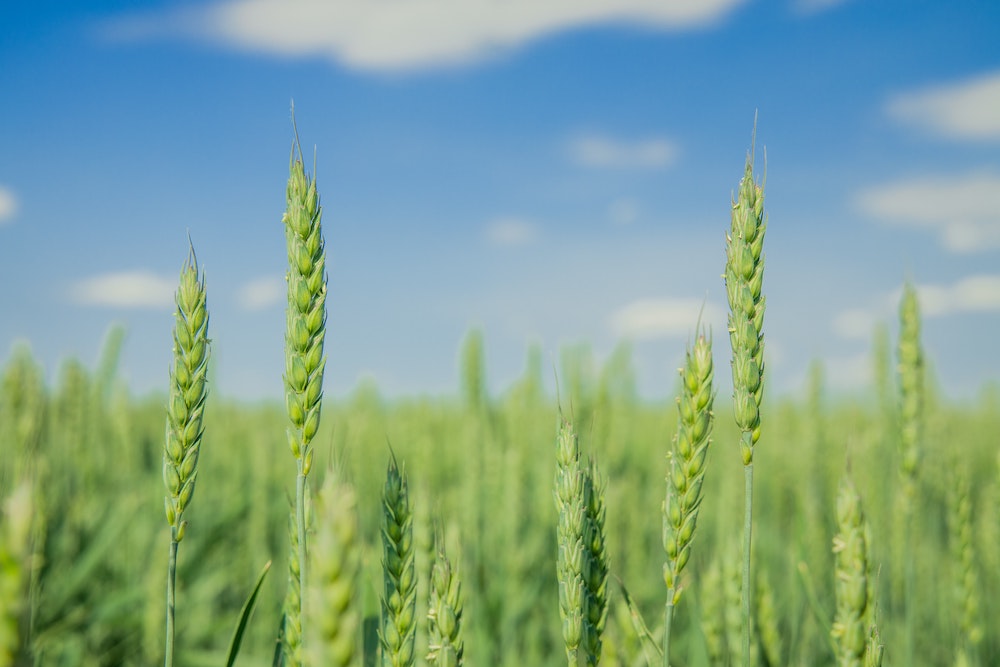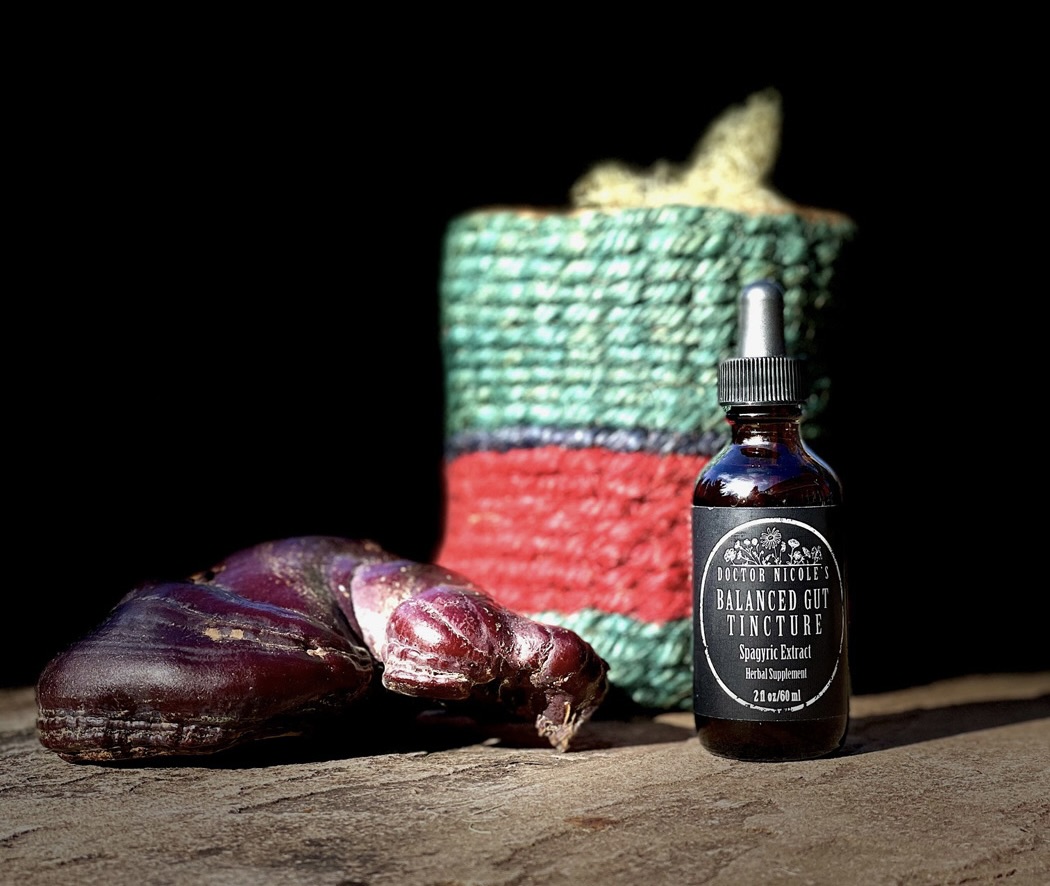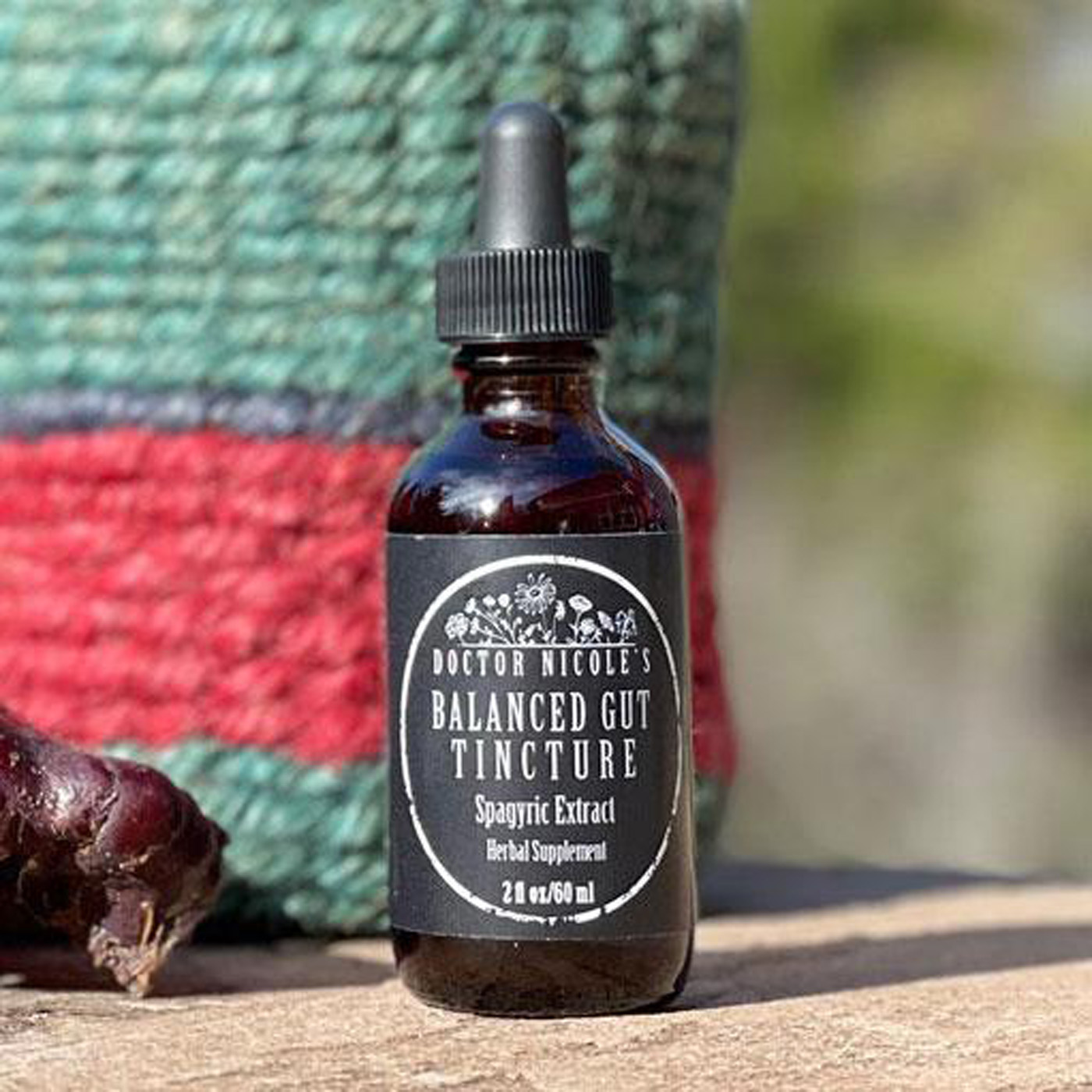An Uptick in Food Sensitivities
Food allergies are on the rise with an astounding 11% of the adult population in the United States1 suffering from the condition, and researchers are testing unique ways to address it. One team believes they may have found an answer: healing the microbiome with a compound called butyrate. Normally produced in a healthy gut by beneficial bacteria, those with food allergies and sensitivities have compromised microbiomes where “dysbiosis precedes the development of food allergy”.2 When a person has reduced numbers of these helpful bacteria, fragments of partially digested food leaks into the bloodstream and triggers an immune response and inflammation. This in turn creates a vicious cycle of food reactions. There are several ways we can heal the gut and encourage butyrate production, which we will explore below. But first, let’s have a look at the difference between a true food allergy and food intolerance.

Is it an Allergy or an Intolerance?
There is quite a bit of confusion surrounding food triggers and the distinction between a true allergy and an intolerance. Simply put, a food allergy activates an abnormal immune response, whereas an intolerance does not. This means that a food allergy can be life-threatening if the reaction is extreme enough, leading to anaphylaxis. Symptoms to watch for include swelling of the throat and tongue, shortness of breath, itchy rash, hives, and low blood pressure. These signs often arise rapidly and demand immediate emergency care. Many of us have heard about EpiPens, which are used in such cases to short circuit the immune reaction and subsequent histamine release.
There are two types of food allergies: immunoglobulin E (IgE) mediated where the immune system produces IgE antibodies that react to a certain food and non-IgE mediated that doesn’t involve antibodies, but activates other parts of the immune system to attack the perceived threat. This second allergy usually involves skin reactions or digestive symptoms, such as vomiting and diarrhea and can arise up to three days after eating the problematic food. The top food allergens include: cow dairy, eggs, tree nuts, peanuts, shellfish, wheat, soy, and fish.
Many times, a food intolerance is mistaken for a food allergy. This type of sensitivity is also on the rise with an estimated 20% of the world’s population suffering from it.3 Granted, it is often difficult to distinguish between a food allergy and an intolerance. Similar to a non-IgE mediated allergy, symptoms of an intolerance typically arise a few hours to a few days after the trigger food is consumed, making it challenging to pinpoint the offender. The digestive system, skin, and respiratory system are usually involved and can exhibit the following symptoms:
- Abdominal pain
- Fatigue
- Nausea
- Rashes
- Headaches
- Diarrhea
- Reflux
- Runny nose
- Skin flushing
Food intolerance is generally diagnosed through an elimination diet where all suspected foods are eliminated, and then slowly reintroduced one at a time to see if there is a reaction. The eight most common culprits include: dairy, gluten, caffeine, salicylates, amines, FODMAPS, sulfites, fructose, eggs, yeast, MSG, and sugar alcohols.4
What about celiac disease, gluten sensitivity, and wheat allergies?
Celiac is an autoimmune disease. When you eat gluten (found in wheat, barley, rye, spelt, kamut, farro, etc.) the immune system attacks the tissue of the small intestine. If left unchecked, celiac disease can lead to cancer and a host of additional health issues if you continue to ingest gluten.
Non-celiac gluten sensitivity (NCGS)/gluten intolerance/gluten sensitivity is where you develop uncomfortable digestive symptoms and inflammation related to gluten, but test negative for celiac.
As with celiac, a wheat allergy involves the immune system, but it is not autoimmune in nature and doesn’t damage bodily tissue. However, as an allergy it can become life-threatening.

Reversing Food Allergies By Addressing an Imbalanced Microbiome
As we have seen, both food allergies and intolerances cause significant impacts to our day-to-day lives and health, where it becomes necessary to become vigilant in avoiding food triggers and cross contamination. This is why research published in 2022 may offer a ray of hope for those suffering from food sensitivities.
In the study, the team looked at the role of butyrate, a metabolite produced by beneficial gut bacteria.5 If a person’s microbiome is unhealthy and does not have enough butyrate-producing bacteria, it can lead to leaky gut syndrome as well as the development of food allergies and intolerances. Scientists have unsuccessfully attempted to reintroduce these beneficial gut microorganisms orally or with a fecal transplant.
So the team turned to introducing butyrate directly. But there was a catch: butyrate has a very bad smell and taste — people wouldn’t be able to swallow it. Even if they could, the compound would be destroyed by the digestion process before it could reach the gut. To address this problem, they wrapped the butyrate into polymeric micelles that keep it inside chains within their core. This eliminated the foul taste and smell and protected the butyrate from digestive acids. When they gave these butyrate encapsulated polymers to mice, it restored the protective barrier within the small intestine and healed both leaky gut and the microbiome. Importantly, the butyrate prevented a life-threatening anaphylactic reaction when the mouse animal model was exposed to peanuts.
“This type of therapy is not antigen specific,” lead researcher Shijie Cao notes. “So theoretically, it can be broadly applied to any food allergies through the modulation of gut health.”5
Trials will continue in larger animals and then progress to clinical trials. If successful and approved by the United States FDA, the oral treatment will become available in small packets of powder that can be mixed into a glass of water and ingested. Injections of the compound are also under investigation and may prove to be helpful for localized autoimmune and inflammatory conditions, such as rheumatoid arthritis.

Naturally Increasing Butyrate Production and Healing the Gut
In the meantime, we can help our gut to heal by encouraging butyrate production through the foods we eat. In short, eat more fiber and less meat and refined sugar. This will help the bacteria in the gut that produce butyrate to flourish. Why? Because they thrive on a diet rich in resistant starches, prebiotics, probiotics, and insoluble fiber.
For resistant starch, focus on green bananas, cooked then cooled potatoes and rice, and raw oats. Good sources of prebiotics are Jerusalem artichoke, flaxseed, bananas, and dandelion greens. Probiotic foods include kimchi, sauerkraut, active yogurt, kefir, and tempeh. Beans, whole grains, and nuts provide insoluble fiber.
Interested in additional inspiration for cultivating a healthy gut and microbiome? My new book, “The Holistic Guide to Wellness: Herbal Protocols for Common Ailments” is an outstanding resource. Within its pages you will find 45 easy-to-follow, science-backed holistic protocols to help improve the quality of your life — including how to heal a compromised gut. For each ailment, you’ll find specific foods, physical and mental exercises, stress-relief techniques, vitamins, minerals, herbs, massages, stretches, detoxes, natural remedies, and a whole range of other holistic practices — all based in peer-reviewed science.
If you want to follow an integrated, holistic, natural approach, this is the book you want on your bookshelf!
Lastly, don’t forget about gut-healing herbal remedies. Reishi, lion’s mane, and turkey tail medicinal mushrooms feed the “good” bacteria, reduce inflammation, and provide important prebiotics. Plantain is anti-inflammatory and helps to heal a leaky gut, while slippery elm and marshmallow form a protective layer that allows the gut to regenerate. Each of these medicinal herbs is found in my convenient Balanced Gut Blend.
Are you ready to take your health to the next level? Visit the apothecary today to learn more!
Nicole Apelian
Nicole’s Apothecary Products in this Post
References
- Gupta, R. S., Warren, C. M., Smith, B. M., Jiang, J., Blumenstock, J. A., Davis, M. M., Schleimer, R. P., & Nadeau, K. C. (2019). Prevalence and Severity of Food Allergies Among US Adults. JAMA network open, 2(1), e185630. https://doi.org/10.1001/jamanetworkopen.2018.5630
- Bunyavanich, S., & Berin, M. C. (2019). Food allergy and the microbiome: Current understandings and future directions. The Journal of allergy and clinical immunology, 144(6), 1468–1477. https://doi.org/10.1016/j.jaci.2019.10.019
- Zopf, Y., Baenkler, H. W., Silbermann, A., Hahn, E. G., & Raithel, M. (2009). The differential diagnosis of food intolerance. Deutsches Arzteblatt international, 106(21), 359–370. https://doi.org/10.3238/arztebl.2009.0359
- “The 8 Most Common Food Intolerances”, Jillian Kubala, MS, RD, Healthline, January 25, 2018. Retrieved on April 4, 2023 from, https://www.healthline.com/nutrition/common-food-intolerances
- American Chemical Society. (2022, August 22). Food allergies can be reversed in mice by targeting the microbiome. ScienceDaily. Retrieved April 3, 2023 from www.sciencedaily.com/releases/2022/08/220822130439.htm






